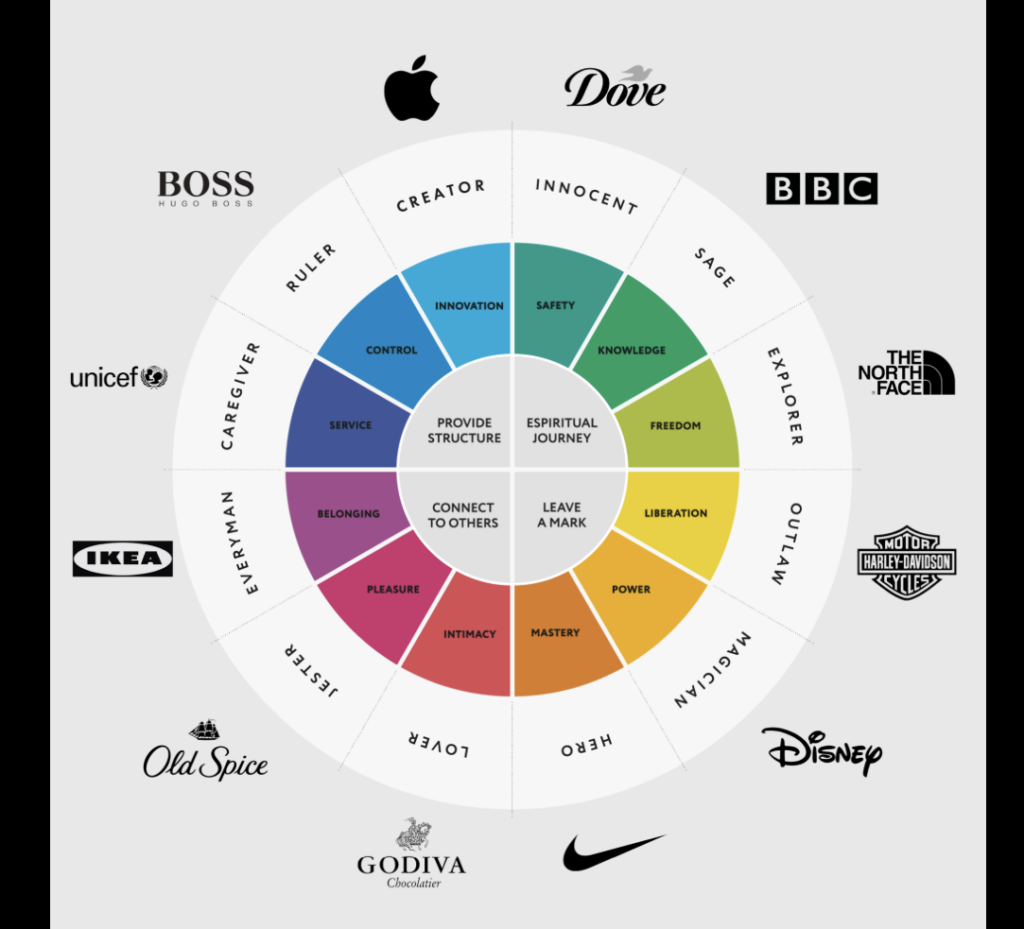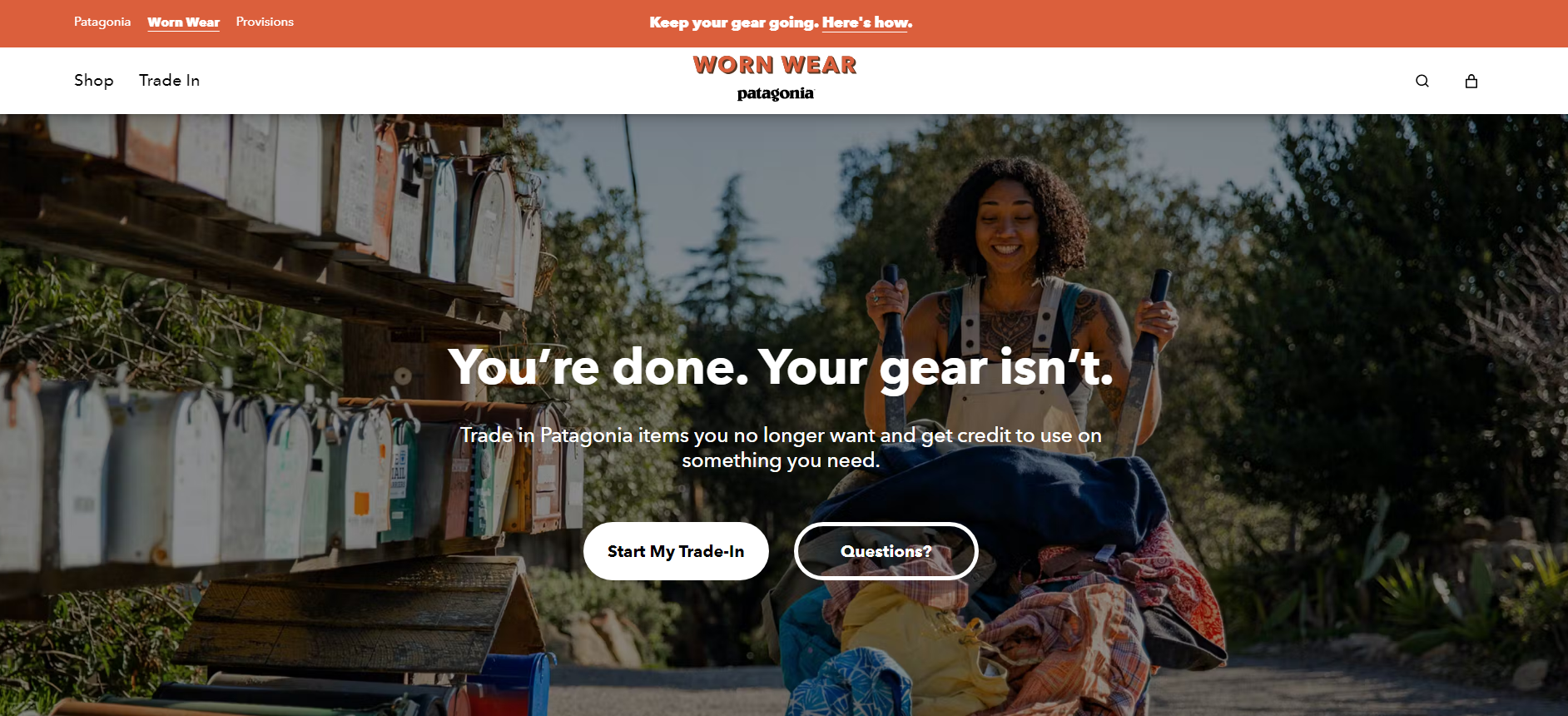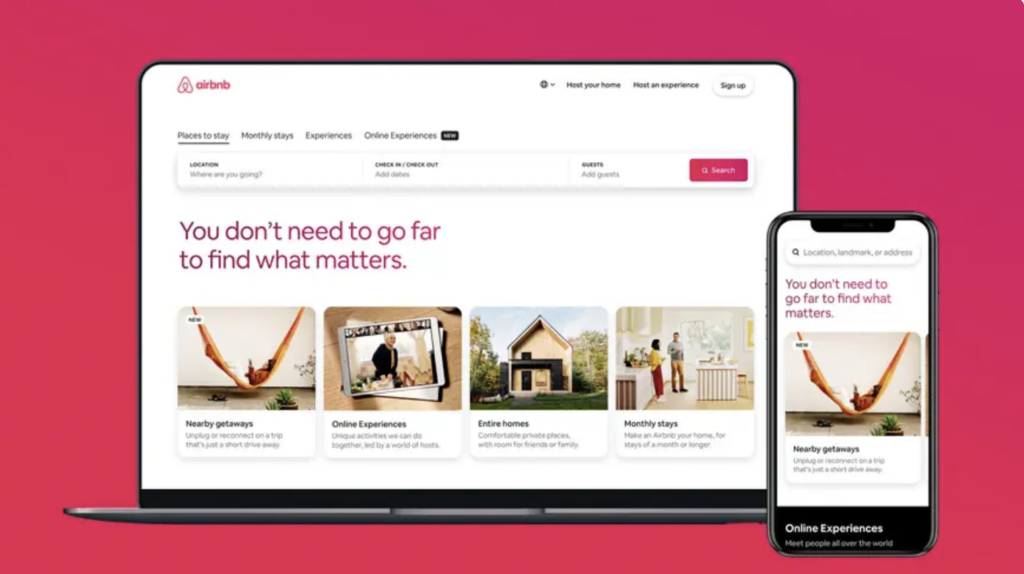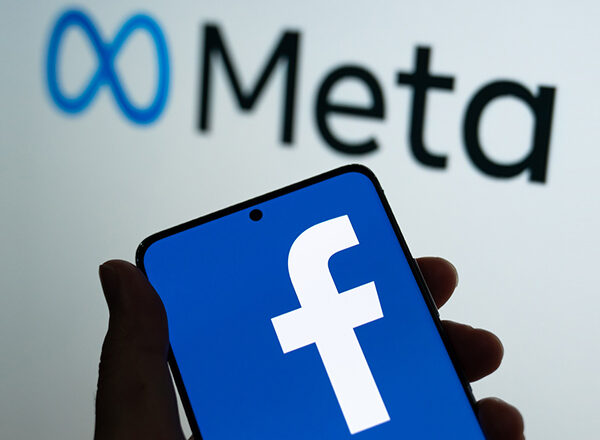
“Forging Connections: The Power of Brand Identity and Adaptability”
Brand identity plays a pivotal role in the success of both established corporations and emerging startups. It encompasses far more than mere visual elements like colors and logos, as it serves as a reflection of a business’s values and embodies an image that resonates with consumers. When customers forge connections between specific principles and your brand, it becomes influential and draws in new patrons, while simultaneously fostering loyalty and engagement among existing ones.
A robust contemporary brand acts as an influencer that comprehends the desires of its target audience. It is crucial to weave an intriguing brand narrative that captivates customers, establishing a deep bond between them and the company. However, achieving this objective is unattainable without maintaining close communication with the audience and adapting the brand to their ever-evolving preferences. Put simply, it is imperative for your brand to remain relevant, often requiring companies to make decisions between rebranding or redesigning and refreshing the brand.

Difference between a brand refresh and a total rebranding:
A brand refresh primarily concentrates on updating the visual aspects of your logo and making minor adjustments to align with current trends, rather than introducing fundamental changes. Conversely, a brand redesign entails more substantial modifications, often involving the creation of an entirely new logo and visuals. A complete rebrand goes further by seeking to transform the brand’s message and identity, typically necessitating the development and implementation of an entirely new marketing strategy.
If you desire to update and enhance the appeal of your brand for your existing audience, refreshing your brand may be necessary. It can also be a suitable solution when addressing specific market conditions or reconnecting your brand with your offerings. Refreshing may involve modifying your slogan, making slight adjustments to your logo and fonts, refining colors, and updating marketing materials. When a brand is not entirely outdated, companies often opt for a brand refresh instead of a complete rebrand. This approach allows them to maintain the integrity of the existing brand while making it more relevant and expanding its reach to a broader audience.
Rebranding necessitates thorough preparation and is a significantly more intricate process than simply altering website design or logos. Its purpose is to completely transform the image of your business. Rebranding entails devising a fresh brand narrative and philosophy. At times, it also involves shifting focus to a new target market. Companies may choose to rebrand when they observe that their current brand no longer resonates with the intended audience or when they undergo fundamental changes in their business. Rebranding becomes essential in scenarios such as mergers or when venturing into new industries. It also serves as a viable solution when an established brand lacks coherence or struggles to effectively communicate its message.

When should one decide on rebranding?
Your brand is not exciting and it needs some spice!
In the dynamic world of branding, where capturing attention is paramount, a brand that is perceived as boring or unexciting faces significant challenges. However, by harnessing the powers of creativity and passion, a skilled branding company can revitalize such brands and make them fascinating and captivating through the art of storytelling and authenticity.
Red Bull has built its brand around the concept of “giving you wings” and encourages people to push their limits and embrace a bold and adventurous lifestyle. They sponsor and organize various extreme sports events, such as Red Bull Cliff Diving, Red Bull Air Race, and Red Bull Rampage, which further reinforce their brand identity.
By diving deep into the brand’s story, employing creative mediums, emphasizing authenticity, and forging emotional connections, they empower brands to capture attention, stand out from the competition, and leave a lasting impression on their audience.

Your brand needs to revamp and overcome its negative image:
When a company finds itself burdened with a negative public image, rebranding emerges as a potent strategy to not only address the prevailing negative perceptions but also to convey a clear and authentic message without inadvertently creating wrong connotations. Through the art of branding, businesses can embark on a transformative journey that reshapes public opinion and propels them toward a positive future.
McDonald’s implemented various changes to improve its brand perception. They introduced healthier menu options, such as salads and fruit, and committed to sourcing sustainable ingredients, including certified coffee and cage-free eggs. McDonald’s also revamped its restaurants with modern designs and introduced technology enhancements to improve the customer experience. Through these initiatives, McDonald’s aimed to change public perception and position itself as a brand that listens to customer concerns and takes steps to address them. Their efforts have helped shift the narrative surrounding the brand and attract consumers who value transparency and healthier choices.
With Evolution, you need to change and align the values to the new ownership:
When a change of ownership occurs within a company, rebranding becomes a crucial step in ensuring a smooth transition and aligning the brand with the new owners’ values, goals, and visions. A skilled branding company plays a pivotal role in this process by guiding the business through a comprehensive rebranding strategy that reflects the evolving ethics and morals of the organization.
Despite the change in ownership, Ben & Jerry’s has maintained its core values and continued its socially conscious approach to business. They have remained dedicated to sourcing fair-trade ingredients, supporting small-scale farmers, and advocating for various social and environmental issues. Ben & Jerry’s uses its platform to raise awareness about issues such as climate change, racial justice, and marriage equality. They have been vocal supporters of progressive causes and have used their ice cream flavours to spark conversations around important topics. They have remained dedicated to sourcing fair-trade ingredients, supporting small-scale farmers, and advocating for various social and environmental issues.

Branding needs to be appealing to the customer with its aesthetics and charm!
In the fast-paced world of branding, it is crucial to update your brand aesthetics to stay current, relevant, and appealing to your target audience. If your brand has an outdated look, incorporating new concepts and trends, such as AI elements, can breathe new life into your identity and resonate with today’s consumers.
Glossier’s marketing and advertising campaigns emphasize natural beauty and inclusivity, resonating with a wide range of customers. They have successfully built a brand image that feels approachable, authentic, and relatable to their target audience. By prioritizing aesthetics and charm in its branding, Glossier has attracted a dedicated following and established itself as a leading beauty brand, particularly among younger consumers.

Incoherence never goes well when you try to forge your brand identity:
Cohesiveness in branding is crucial for building trust, recognition, and differentiation. To overcome this issue, businesses must undertake a strategic process of aligning their brand elements and messaging to create a cohesive and impactful brand identity. A cohesive brand identity starts with a thorough understanding of the brand’s values, purpose, and target audience. By conducting market research, analyzing competitors, and engaging in brand discovery exercises, businesses can gain insights into their unique selling propositions and identify areas where cohesiveness may be lacking. Our own agency suffered from this issue, before we rebranded our agency website during the pandemic in 2021, our site lacked a coherent sense of verbal and visual branding with a hodgepodge of incoherent imagery, colors, messaging, typography and tone of voice.
We need to embrace and implement global impact and sustainability ever since post-pandemic:
In the wake of the pandemic, businesses are increasingly recognizing the changing needs and priorities of consumers. Branding plays a pivotal role in driving global impact and sustainability by aligning the brand’s values and actions with the evolving demands of the global community.
Patagonia actively works to reduce its environmental footprint through various initiatives. They prioritize using recycled materials in their products, reduce energy consumption in their operations, and strive to minimize waste. Patagonia also encourages their customers to repair and reuse their products through their “Worn Wear” program, extending the lifespan of their garments.Beyond their environmental efforts, Patagonia engages in advocacy and supports grassroots environmental organizations. They donate a significant portion of their profits to environmental causes and have taken public stances on issues such as climate change and public lands protection.

Ultimately, Rebranding is the new Redirection!
Rebranding is a powerful tool that allows businesses to redefine their direction, establish a new identity, and effectively communicate their evolved values and offerings. It serves as a strategic redirection, enabling companies to adapt to changing market dynamics and meet the evolving needs of their target audience.
To adapt to the changing landscape of Covid-19, Airbnb underwent a rebranding and shifted its focus to local and domestic travel experiences. They launched the “Go Near” campaign, encouraging users to explore nearby destinations and enjoy unique stays closer to home. This rebranding aimed to position Airbnb as not just a platform for accommodation but also as a provider of local experiences and connections with the community. Through its rebranding efforts, Airbnb successfully repositioned itself as a platform for unique and authentic travel experiences, whether local or global. Through the expertise of a branding company, businesses can redefine their brand identity, develop compelling narratives, and strategically position themselves to meet the evolving needs of their target audience.

Your business has changed and you need to adapt its new name and identity:
Businesses often make adjustments to their business models, adding new services or products, to remain competitive and profitable. However, if these changes involve a significant shift, such as offering a new line of products or diversifying the business, it may be necessary to rebrand. Customers may only associate the business with its previous offerings, so rebranding becomes crucial to make them aware of the expanded offerings. Rebranding is also essential when the current business name no longer aligns with the company’s identity or encounters trademark conflicts. A bad or inappropriate name can hinder the business’s success and fail to communicate its true essence. By changing the name, the business undergoes a transformation, providing an excellent opportunity to thoroughly evaluate and redefine the entire brand.

When Facebook changed its name to Meta, it marked a significant rebranding effort aimed at reflecting the company’s expanded focus beyond social media. The decision to rebrand was driven by the company’s strategic direction to prioritize the development of virtual reality (VR) and augmented reality (AR) technologies.By adopting the name Meta, the company sought to communicate its commitment to building a future where people can connect and experience digital environments in a more immersive and interactive manner. This rebranding not only clarifies the company’s updated mission but also enables it to differentiate itself in a rapidly evolving technology landscape. Facebook’s rebranding to Meta signifies a strategic shift towards emphasizing virtual and augmented reality technologies. The new name reflects the company’s vision of creating a metaverse, enabling it to establish a strong presence in emerging tech markets beyond traditional social media platforms.
Perry Labs Case Study


Perry Laboratory was established in the 1940s by Harold Anderson who later sold the lab to Don Holbrook who ran it for several decades out of the agricultural town in Watsonville California. Our agency was started in Santa Cruz, and because of our ties to the tech community, we were introduced and referred to the current owner Clifford Low by a graphic designer friend Cari Class who said Perry Labs needed a website redesign since the site had not been updated in over a decade. In order to support the new brand Identity, Perry Labs also undertook a replatform and redevelopment of its website. Some of the Perry Lab rebranding goals included:
- Modernize the website including making it mobile-friendly
- Make the content easier to read
- Pricing tables which resulted in an overhaul of their testing packages, pricing, and ordering process
- Allow customers to submit orders they are going to send through the website, instead of filling them out and sending them in with samples, this made the staff know what samples were going to come in so that they could schedule their lab work more productively
Our team developed a search-optimized mobile responsive website that is unique, modern, and designed to help visitors make informed decisions and take action. All aspects of the brand were reimagined, from the color and logo to photography and fonts. You can check out the case study here or visit Perry Laboratory site.
Conclusion:
In conclusion, brand identity is an essential component of any successful business, whether it’s a well-established corporation or an emerging startup. It goes beyond mere visual elements and serves as a reflection of the company’s values, creating a strong connection with consumers. By forging emotional connections and understanding the desires of the target audience, a brand becomes influential and attracts new customers while fostering loyalty among existing ones.
To maintain a thriving brand, it is crucial to engage in continuous communication with your audience and adapt to their evolving preferences. This means staying relevant in a dynamic market, where consumer tastes and trends are constantly changing. Sometimes, this may require making difficult decisions regarding rebranding or refreshing the brand to ensure it remains captivating and resonates with your target audience.
If you’re ready to take your brand to the next level, it’s time to reach out! Whether you’re seeking guidance on rebranding strategies or refreshing your brand image, our team at Vab Media is here to help you navigate the ever-changing landscape of brand identity. Together, we can create a brand that captures your target audience’s attention and drives engagement, loyalty, and long-term success. Don’t hesitate to connect with us and embark on a transformative journey to elevate your brand to new heights.



